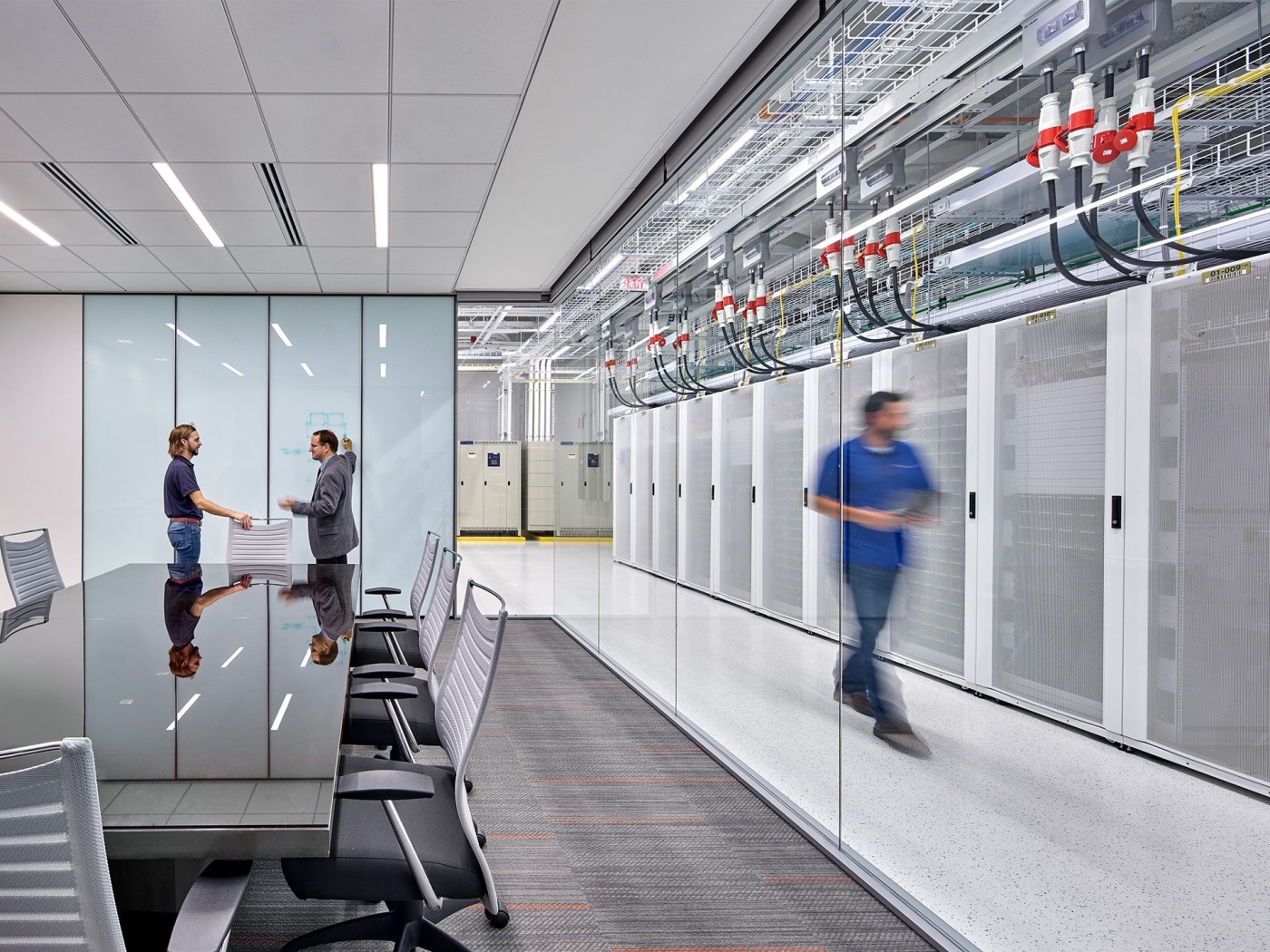

Data centers have not been rendered obsolete by cloud computing. In fact, they play a vital role in enabling the cloud. Here is a straightforward guide to what you need to know about the role of data centers in Dallas for cloud computing and SaaS.
Cloud computing is an approach to computing that is based on the concept of centralized resources that can be shared on demand. It comes in two main forms, public and private. In the public model, resources are shared between anyone who buys access to them. In the private model, they are for the exclusive use of the cloud owner.
Here are five standard features of cloud computing models.
Multi-platform compatibility: Cloud computing supports a variety of operating systems, applications, and platforms, enabling users to run different software environments simultaneously. This flexibility allows businesses to integrate legacy systems with modern applications, ensuring smooth interoperability between diverse technologies.
Security and compliance: Cloud services typically include robust security measures, including encryption, firewalls, and access controls, helping organizations meet compliance requirements and secure data.
Wide accessibility: Cloud services are accessible over the internet, making them available from any device (laptop, tablet, smartphone) with internet connectivity. This ensures flexibility and convenience for users globally.
Scalability and elasticity: Cloud computing allows users to scale resources up or down, easily based on usage, providing flexibility and cost-efficiency. This elasticity is ideal for handling fluctuating workloads or expanding operations.
Automation: Automated tools are often used to manage resources. This enables provisioning to be updated with minimal delay as circumstances develop. Increasingly, these automated tools leverage artificial intelligence (AI).
Despite the name, cloud services need to be grounded in real-world locations, specifically data centers. Here are just five examples of how data centers provide the foundations for cloud services.
High availability and redundancy: Data centers are designed with multiple power sources, backup generators, and redundant networking systems. This ensures that services remain operational even if a component fails, guaranteeing minimal downtime.
Scalability: Data centers provide the infrastructure to scale up or down as demand increases or decreases. With the ability to add more servers, storage, and processing power, data centers can easily accommodate the growing needs of cloud services and users.
Security: Physical and cyber security measures are critical in data centers. These include surveillance cameras, biometric access controls, firewalls, and encryption, all designed to protect sensitive data and prevent unauthorized access or attacks.
Compliance: Data centers generally demonstrate compliance with relevant data protection programs and local laws. The exact programs and laws supported may vary from area to area in line with local demand. Mainstream programs such as PCI/DSS are likely to be supported in most, if not all, data centers.
Global network connectivity: Data centers are typically located in strategic global locations to provide high-speed connectivity and low-latency access to users worldwide. This network infrastructure is critical for delivering cloud services quickly and reliably.
Here are just 7 examples of how data centers enable SaaS and cloud hosting.
Infrastructure: Data centers house the physical servers, storage, and networking equipment that form the foundation of cloud hosting. They provide the computing power needed to run applications, websites, and virtual machines. SaaS providers rely on data centers to offer scalable infrastructure to their users, ensuring that applications are accessible at all times.
Scalability and elasticity: Data centers allow cloud hosting services to scale resources up or down based on demand. This elasticity ensures that SaaS providers can handle fluctuations in user traffic, offering seamless experiences without overprovisioning or underutilizing resources.
High availability and reliability: Data centers use redundant systems (power, cooling, and networking) to ensure that services remain available even if individual components fail. This reliability is crucial for SaaS and cloud hosting providers, as users expect high uptime and minimal disruptions.
Security and compliance: Data centers implement strict security measures, including physical security (e.g., access controls, surveillance) and cybersecurity (e.g., firewalls, encryption). These measures protect SaaS applications and data hosted in the cloud, ensuring compliance with regulatory standards and safeguarding sensitive information.
Data backup and disaster recovery: Data centers offer backup solutions and disaster recovery systems that ensure data is securely stored and can be restored in case of an incident, making SaaS and cloud hosting more resilient.
Global connectivity: Data centers are often connected to high-speed networks, providing fast, reliable access to SaaS applications and cloud-hosted services from anywhere in the world. This global reach ensures that cloud-hosted services can be delivered with low latency and high performance.
Resource pooling and multi-tenancy: Data centers enable the concept of resource pooling. The ability to share resources between users allows SaaS and cloud hosting providers to maximize resource utilization while maintaining isolation and security for each tenant.

Discover the DataBank Difference today:
Hybrid infrastructure solutions with boundless edge reach and a human touch.